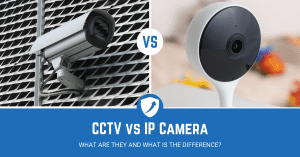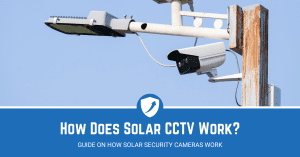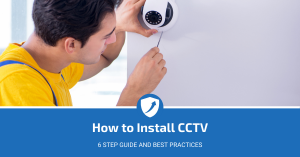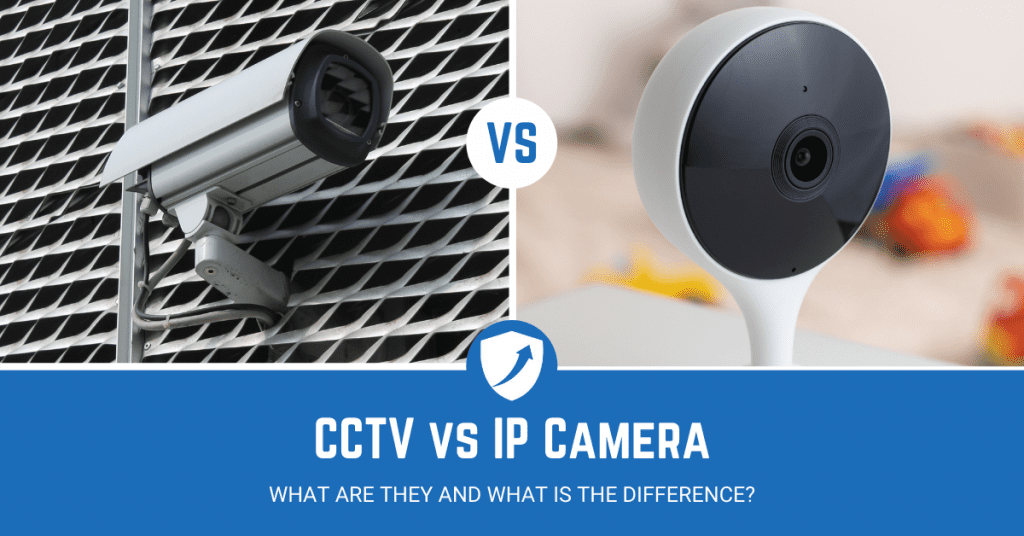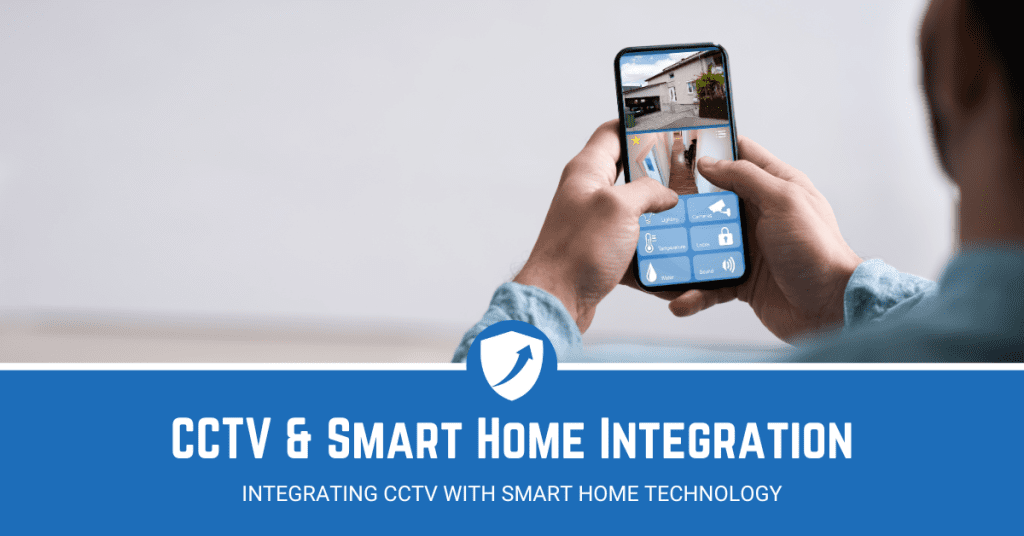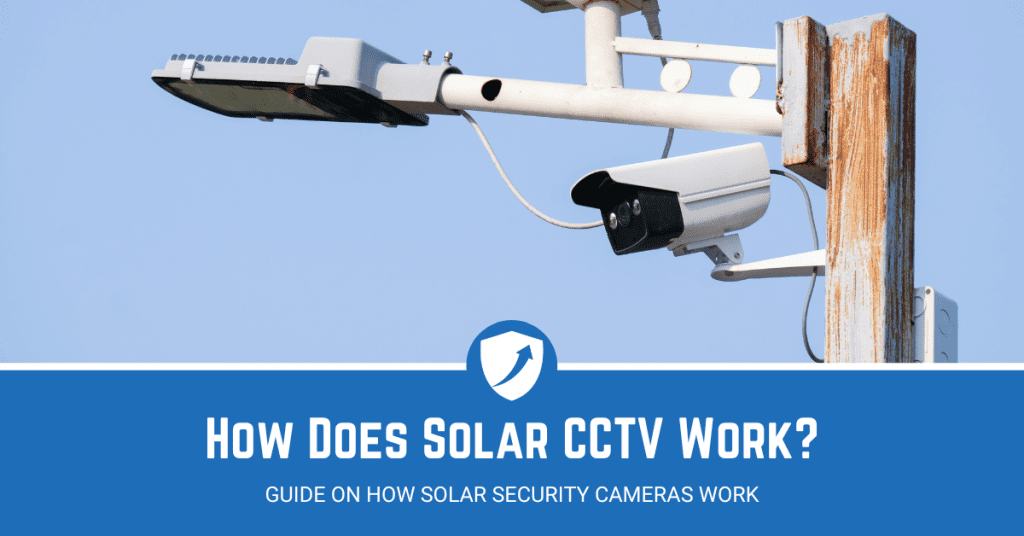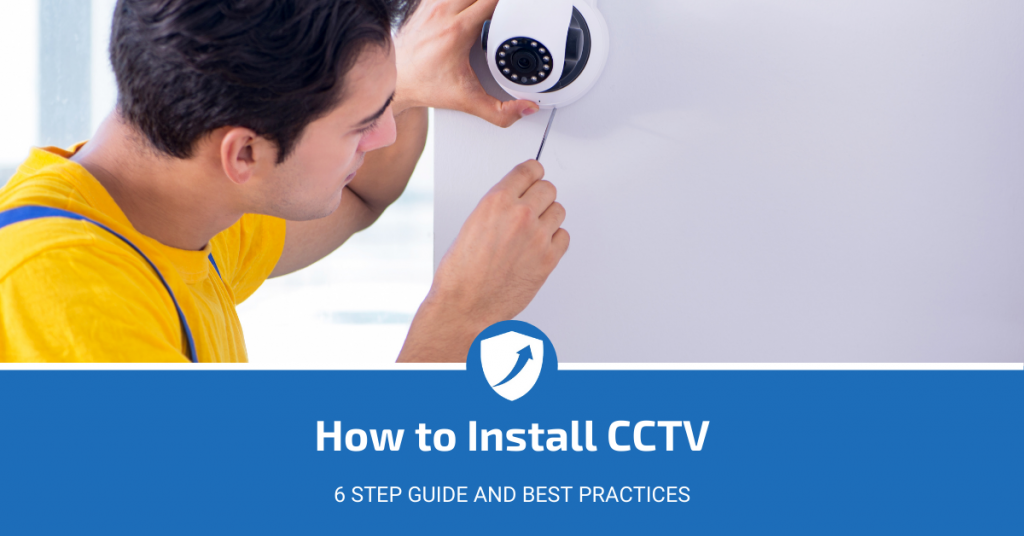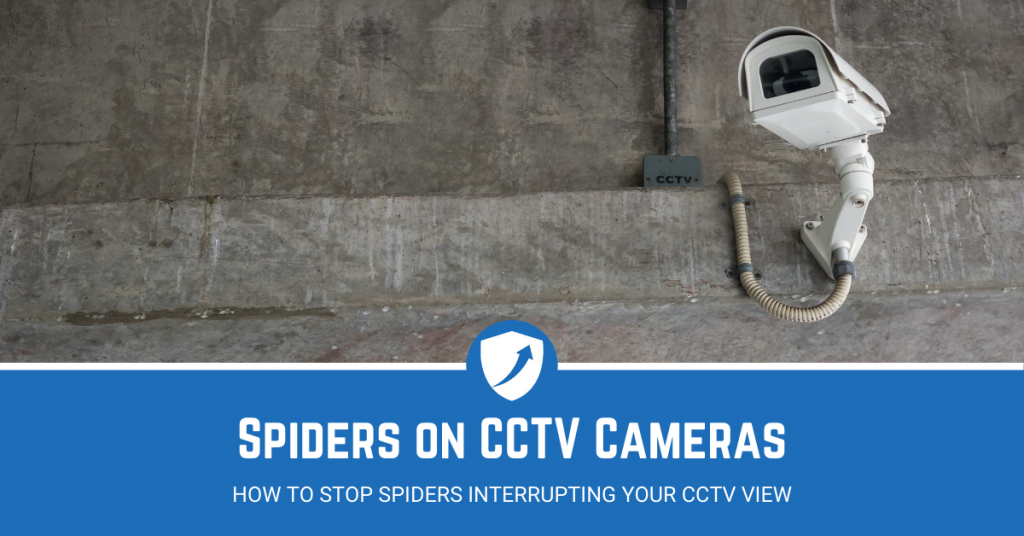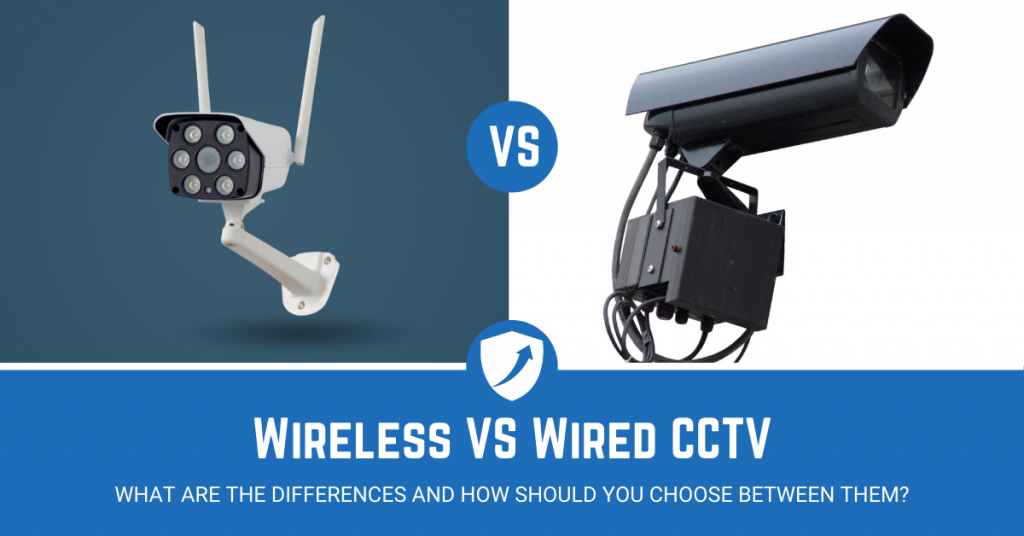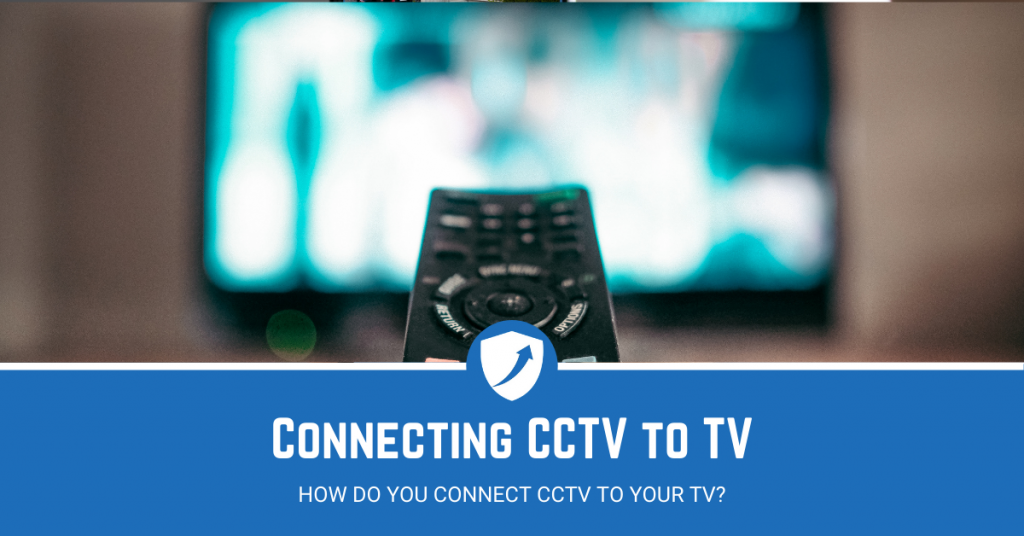CCTV has been an integral part of the security industry for decades and provides an accessible and cost-effective method of securing your business.
Understanding the type of hardware that makes up a CCTV system is imperative to deciding on the right setup for you.
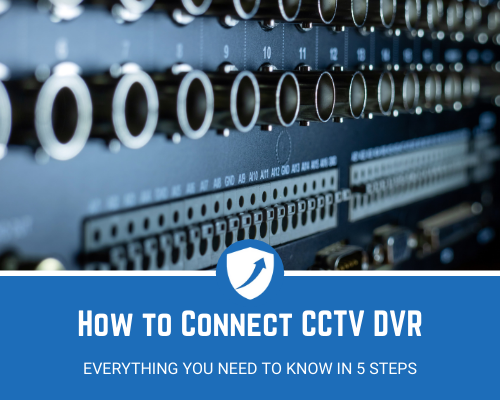
A CCTV system can be part of a wider integrated security system and plays well with others, so you can customise your solutions to fit your business requirements and needs.
With this in mind, we have created this short guide on How to Connect CCTV DVR. We will look at a quick introduction to the system, what you will need, the installation, and other helpful information.
- CCTV DVR Basics
- Things You Will Need to Set Up a DVR
- Installing CCTV DVR Steps
- Summary
So, let’s jump in!
What's in this Guide?
What You Need to Know About CCTV DVR
This first part of the guide will aim to give a quick overview of the system, how DVR fits into your CCTV security system, and some benefits.
What is DVR?
A DVR system (Digital Video Recorder), is part of a CCTV (Closed-Circuit Television) setup. The DVR is a small to medium device that captures and records digital video. The video is then stored locally on a storage device, this is typically a disk drive, an SSD, or even a memory card.
DVRs have been very common in the security industry for decades, due to several factors, from price to accessibility, to ease of use, to practicality. Whether it is for business or home security, we are used to seeing systems that use CCTV DVR almost every day.
DVRs normally do not actually record video, but in fact, transfer raw footage that is converted into video via special Coaxial Cables. The cables take the footage to a reader which in turn processes the raw footage into video.
Benefits of DVR
Each business will have its own needs and factors that will affect its decision-making. With this being said, there are some overarching themes and benefits of DVRs for CCTV, let us explore them below.
Widely Used – due to the prevalence of DVRs you will not struggle to find parts, local experts, or information on these systems. There is a reason they are so widely used, and in short, it is because they work.
Easy to Install – this will vary depending on your hardware, but with the right help, you will be able to set-up this system with ease and not affect your operations too much.
Provides Accountability – once you have a DVR installed you will have the ability to capture and record video, which can create aspects of accountability to a range of areas in your business. From keeping tabs on employees, suspicious activity, and visitor management.
Simple to Manage – as a rule of thumb, DVRs are very straightforward, and managing them is innovative and easy to pick up. There is no need for an overly-complex system that no one can work with, DVRs act as a user-friendly solution.
Budget-Friendly – when you are planning out your security it is often not prudent to take shortcuts and try and save money as this will likely create more problems in the long run. However, a DVR is a cost-effective part of your security system that will pay dividends in the future.
Internal Theft Deterrent – as long as companies have been around, there has been the risk of internal threats and theft. Having a system that is digitally recording will remove opportunity and increase the risk for any would-be criminals within your organisation or business.
One-Two Punch – this boxing term works well for security, and basically boils down to utilising more than one system or security method to keep your business secure. It is very common for companies to partner CCTV with things like access control, traditional security teams, and proximity systems.
Supplies You’ll Need for Installing CCTV DVR
Installing a DVR for your CCTV is a critical step in securing your business, there is no point in having cameras that do not record. That is like having a gate that is always open.
Without further ado, let us break down the key components you need when installing your CCTV DVR.
DVR – needless to say, you will need your digital video recorder and everything that comes within its box to proceed. This is often tools and instructions, ensuring you keep everything together.
Cameras – to fully install your DVR you will need the cameras to actually hook it up to, otherwise, you will be trying to capture and record nothing. Make sure you have access to these and the cables.
Cables and Connectors – without these you will not be able to put all the pieces of your CCTV puzzle together, depending on your set-up you might have the cables included in your package/box. Typically DVRs connect via Coaxial Cables which transfer data and power.
Toolkit – the exact tools you will need will vary, but having access to a screwdriver, a drill, and some pliers would be the norm for this kind of job.
How to Connect CCTV DVR (5 Steps)
As we have mentioned in the above sections, the DVR is one part of the whole CCTV system. If you are looking at how to install CCTV specifically, check out our previous blog post.
Obviously, every system will be a little different, but we will cover the core information for setting up your CCTV DVR in a few simple steps.
Now with that out of the way, let us look at installing your CCTV DVR.
Step One – Unpack Your DVR
Once you have got your DVR hardware, you want to unpack the box it came in and check everything that is provided. Often there will be detailed instructions and any tools you will need specifically for the device (i.e. Allen keys, or screws).
Ensure you have a toolkit on hand too so you can access the inside of the DVR and install everything correctly.
Step Two – Remove the Cover
Opening up the DVR cover will give you access to the inside, this is traditionally held down by screws, so grab your trusty screwdriver and open up your DVR.
Models vary but this should not be too difficult or taxing and will give you the ability to get to the parts you need.
Step Three – Connect the Cables and Close the Case
Now the case is open you should see the areas to connect your cables. Depending on your device this might be when you add in your memory card or hard disk, some devices will have these already installed.
As we alluded to before, the typical connection is via a Coaxial Cable which should act as both data transfer and power. Once you have connected everything seal the case back up.
Step Four – Connect to the Monitor
The penultimate step is to connect your DVR to your security monitor. This will be how you can keep an eye on the cameras and view live, watch recordings, and capture new footage.
There are often two major connections to the monitor, older models might use a VGA connection, but if you have the choice, aim to use an HDMI cable for higher quality and resolution.
Step Five – Turn the Power On
Once you have connected everything you should be good to go, the final step is to turn the power on and that should be everything.
If you cannot see the video on the screen you will want to troubleshoot and check all of your connections and cables. If the images are blurry then that could be the cable or the camera might be out of focus or incorrectly set-up.
Lastly, check the video is actually recording and being stored correctly. If everything looks good, then pat yourself on the back, you are now the proud owner of a functioning CCTV and DVR system.
Finding a DVR Expert
This step-by-step guide should cover the basics of how to install your DVR but if you are short on time or not electrical savvy, then there is no harm in looking for an expert.
Each business is different, so finding a security professional to ensure you install your system correctly can never hurt.
The only thing worse than not having a system is having one that is set-up incorrectly, bear that in mind, and good luck!
Connecting CCTV DVR Summary
By now you should have a broad idea of what a DVR does, the benefits of a DVR for CCTV, and how to install it. These steps will allow you to improve and secure your business now and in the future.
Every business has its own unique security requirements, budget, and set-up, but understanding the importance of each part will get you well on your way to a safer and smarter system.
If you are still curious about other types of CCTV systems and how they compare, then you might want to explore the differences between DVR and NVR. Remember, no two businesses are the same, so always choose what is the best for you.


